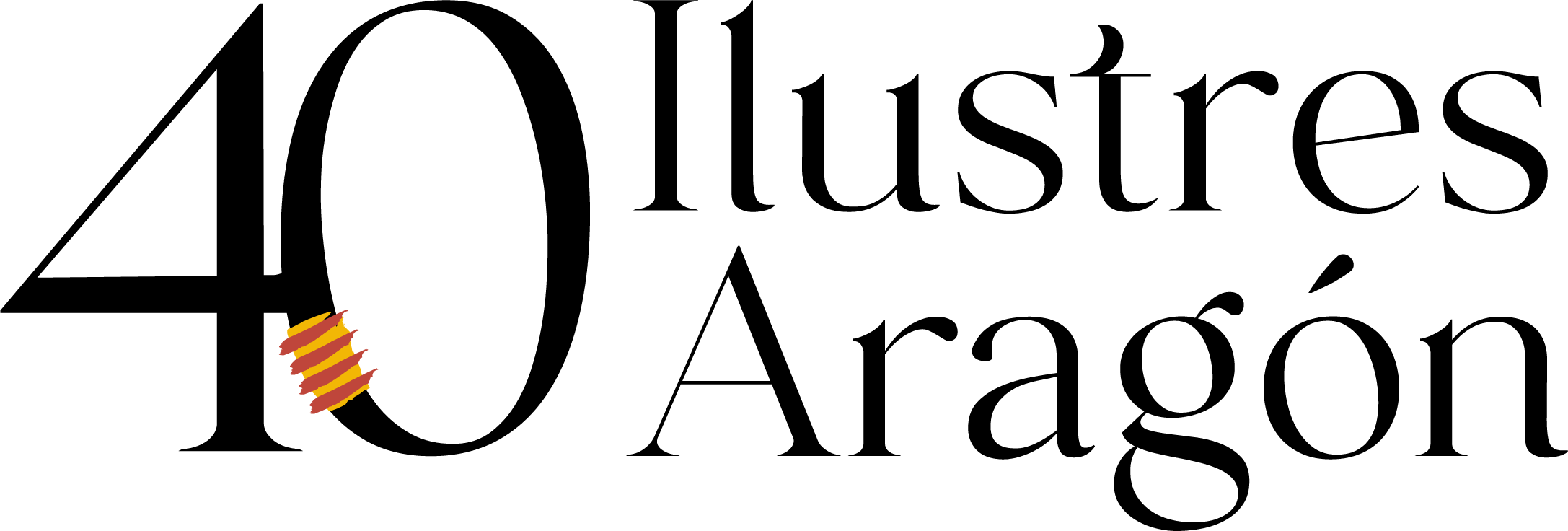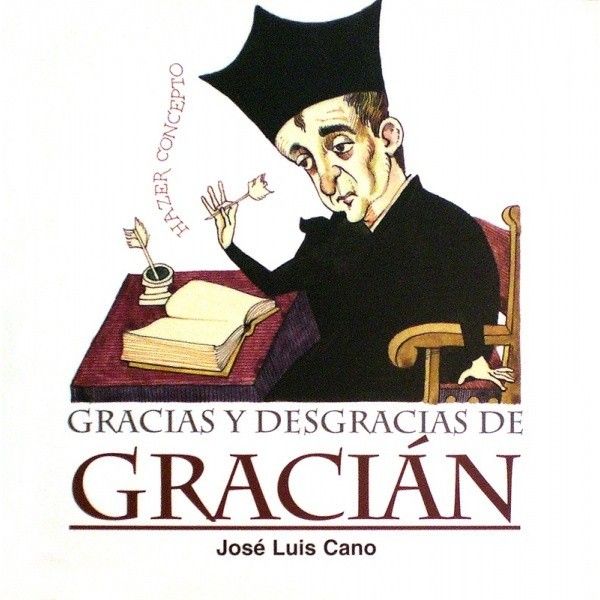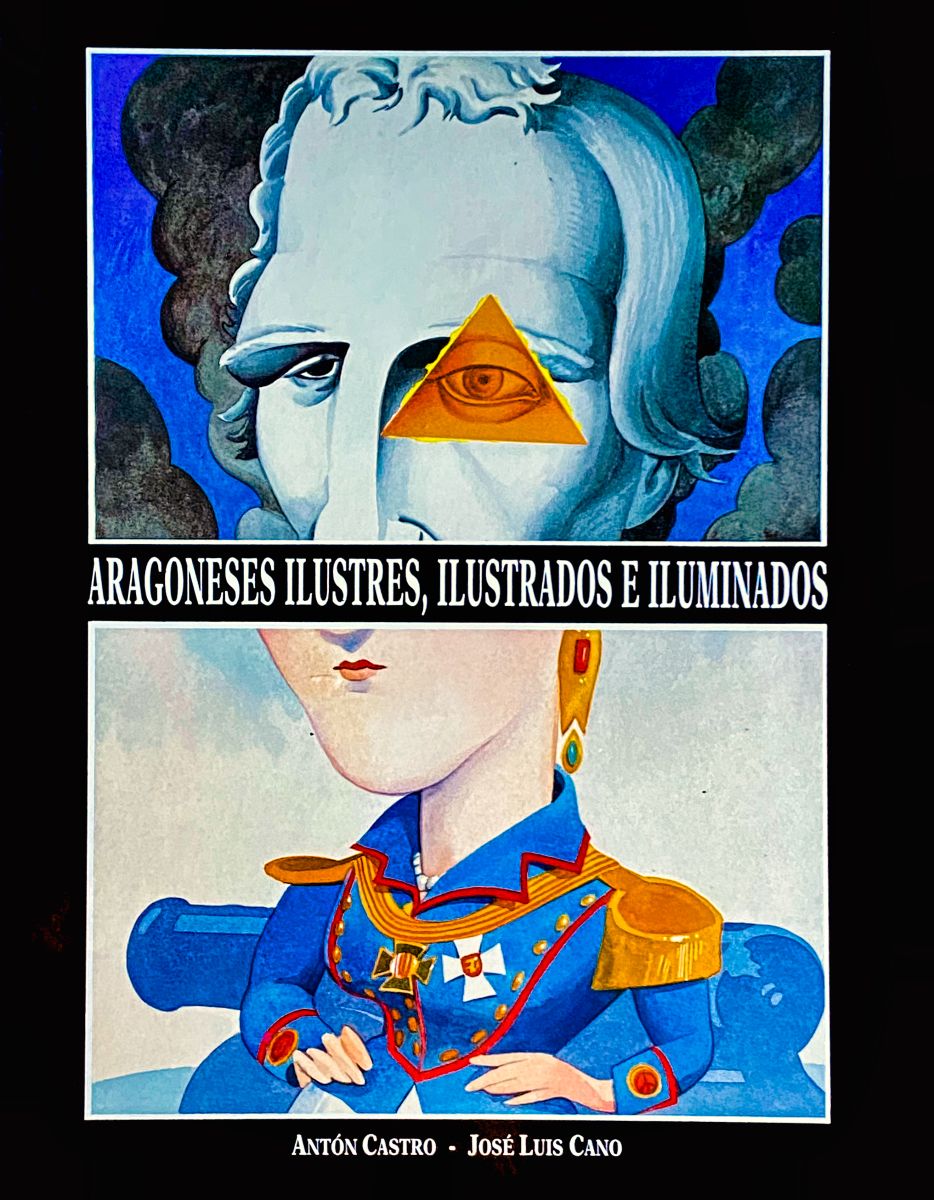Baltasar Gracián
Heterodox moralist, active pessimist
Belmonte de Gracián, 1601 – Tarazona, 1658
Son of the physician Francisco Gracián and his second wife Ángela Morales, the boy Baltasar spent his childhood in Ateca and Calatayud, where he studied literature; from there he would go with a priest uncle to Toledo to further his study of logic and Latin. After attending the Jesuit novitiate in Tarragona, he studied art and philosophy in Calatayud and theology at the University of Saragossa.
When he was ordained a priest in 1627, he had a solid training that led him to teach Humanities in Calatayud and later in Valencia, Lérida and Gandía. A man of difficult character, his relationship with his Valencian companions was far from good. Settling in Huesca in 1636, the scholar and patron Lastanosa sponsored his first book, El Héroe (The Hero): a treatise on excellence based on an ideal of conduct in pursuit of purity.
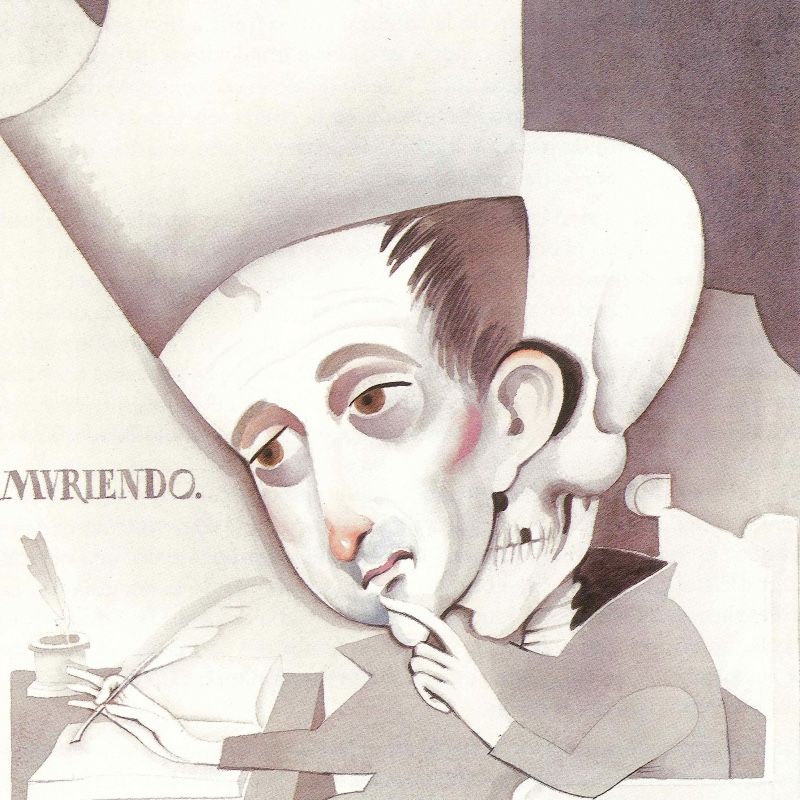
Life
In 1639 he arrived in Saragossa as confessor to the viceroy of Aragon, whom he accompanied to Madrid. He did not feel at ease in the literary environment of the court, but he displayed his oratorical skills in his preaching, published his work El Político (in a way a continuation of El Héroe, with a eulogy to Ferdinand the Catholic) and prepared the contents of Arte de ingenio, tratado de la agudeza (a theoretical treatise on Baroque literary aesthetics). As in almost all his books, instead of his name, a “Lorenzo Gracián infanzón” was listed as the author: in this way he avoided having to ask permission from his superiors in the order.
Between 1642 and 1644 he was vice-rector of the College of Tarragona, fell ill and recovered in Valencia, where he prepared El Discreto. This guide on eloquence, delicacy and seduction, which would close a cycle devoted to describing a model of virtuous behaviour, would be published in Huesca, where he returned to teach moral theology. Despite some interruptions to work as chaplain to the troops sent to the war in Catalonia, during these years he was able to devote himself more to literature: he published Oráculo manual y arte de prudencia (a collection of aphorisms that brought him some fame) and the second version of Agudeza y arte de ingenio.
Work
In Saragossa, where he had been assigned as Writing Master, in 1651 he published the first part (En la primavera de la niñez y el estío de la juventud) of his philosophical and allegorical novel El Criticón. Like everything else he had written, he did so without the permission of his Jesuit superiors, who received formal protests, although this did not prevent the second part of the work (Juiciosa cortesa filosofía en el otoño de la varonil edad) from appearing in Huesca shortly afterwards. Its lack of doctrinal character and the fact that it dealt with questions of moral philosophy from a profane point of view… attracted new attacks and accusations.
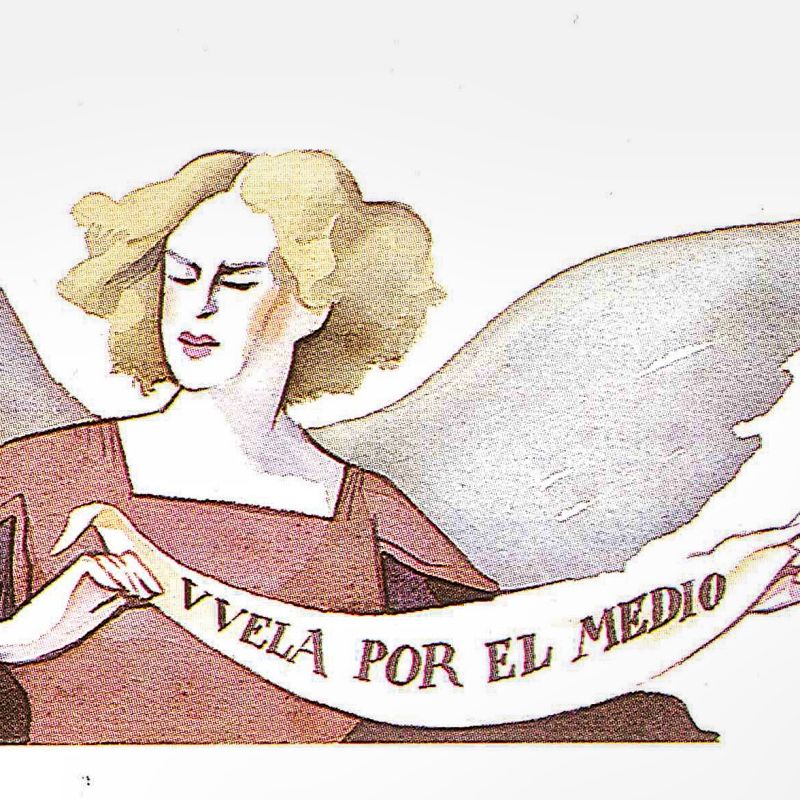
Recriminated
Although the publication of a canonical work, El Comulgatorio (this time with his signature), was able to calm the Jesuit waters somewhat, the appearance of the third part of El Criticón (En el invierno de la vejez) in 1657 caused his definitive fall from grace with the rectors of the Society: publicly reproached, condemned to fast on bread and water, deprived of ink, pen and paper, dismissed from his chair of Writing and transferred from the Jesuit College of Saragossa to that of Graus. He tried unsuccessfully to apply to join another religious order, but his sentence was mitigated and he was sent to the College of Tarazona. Undoubtedly, the hardships imposed by his superiors took their toll on his health: at the age of only 57, the lucid and heterodox Jesuit Baltasar Gracián died in December 1658.
A master of didactic, moral and political prose, gifted in eloquence, languages and abstract thought, much quoted and little read… this admirer of his fellow countryman, Martial, was a man of many contradictions. A Jesuit with a fragile appearance but with an unaccommodating manner and a tendency to be quarrelsome, despite his surly character, his superiors in the Society accused him of being condescending and benevolent towards sinners. His contradictions, at bottom, are the same as those of the human soul.
[“Gracián] was an indefatigable pilgrim of confessionals, lectures and territories. No one was further from ecstasy, meekness and flattening than he. […] Some have wanted to see him as a man split into two halves: here, the orator, the Jesuit, the pupil of God; there, inside, the philosopher, the scholar, the goldsmith of a message sealed in complicated beauty. He had a strong sense of friendship, but he was sincere and forceful in his judgements. […] He showed an indomitable and even provocative disposition”. (Antón Castro)
References
- Here are some of them.
- José Luis Cano (2000): Gracias y desgracias de Gracián. Zaragoza: Xordica.
- Antón Castro (1993): “La escritura clandestina de Baltasar Gracián”, en Aragoneses ilustres, ilustrados e iluminados (84-89). Zaragoza: Gobierno de Aragón.
- Andrés Ortiz-Osés (2007): Sabiduría de la vida: una filosofía aforística (a la sombra de Baltasar Gracián). Zaragoza, Prames
- Antonio Pérez Lasheras (2021): “El siglo XVII. El Barroco, expresión del desengaño”, en VV.AA., El País de los aragoneses (pp. 201-203), Zaragoza, REA.
- Wikipedia: https://es.wikipedia.org/wiki/Baltasar_Graci%C3%A1n
- Biography on Biblioteca Virtual Miguel de Cervantes, with links to their works: http://www.cervantesvirtual.com/portales/baltasar_gracian/autor_biografia/
- Baltasar Gracián y José Ignacio Díez Fernández (ed.) (2005): Aforismos (extraidos del Oráculo manual y arte de prudencia). Zaragoza: Prensas Universitarias.
Gracián Virtual Library of the Institución Fernando el Católico: https://ifc.dpz.es/publicaciones/ver-coleccion/id/1 It contains several reprints and monographic studies and conference proceedings.
Teaching activities
Baroque in Aragon
As in the rest of Europe, the 17th century in Aragon was marked by political and economic crisis. Despite all this, culture flourished in a unique way: visual arts, architecture, music, and… literature. In the latter case, the early years of the century witnessed a renewal which, in Spain, was led by illustrious writers such as Góngora (poetry), Cervantes (novels) and Lope de Vega (theatre). At that time, a certain expressive and sentimental balance was still maintained. Two brothers from Barbastro stand out in this literary line that prolongs the classicist aftertaste of the Renaissance, but with a baroque aesthetic idea.
Who are these two brothers? In the link at the beginning of this proposal, you can find out. Find out more about them: in what disciplines and areas of knowledge did they excel?
The brothers Lupercio and Bartolomé Leonardo de Argensola are the greatest Aragonese contribution to 17th century poetry. As a counterpoint to the cultic trend culminated by Góngora, they had a great influence.
Gradually, this aesthetic that broke the classical rules was imposed: the overflow, the imbalance, the disillusionment; the complication in the combination of the elements of the work of art, of its syntax, the expressive exaggeration, and, above all, the demand required of the reader (or the spectator) of a previous knowledge, of an effort, to be able to enjoy the art. Erudition is valued and art is considered a science, in which aesthetic pleasure consists in unravelling the mystery elaborated, with work and knowledge, by the author.
This explains why Gracián’s work is so complex: it demands concentration and participation from the reader. We could say that there is something “compromising” about it. Perhaps this is what makes him a difficult author, even more so than a language which, deep down, conveys quite transparent and recognisable messages. Like the Baroque (which is also a celebration, representation and appearance: “the great theatre of the world”), Gracián externalises and camouflages at the same time: he writes under a pseudonym that everyone recognises and hides behind masks that in reality conceal little.
On the site dedicated by the Institución Fernando el Católico to Gracián (link in the references section), you can download a polyptych illustrated by Francisco Meléndez in 2001, as part of the commemoration of the 400th anniversary of his birth.
Select a phrase or idea that strikes you, that you find shocking. Share it in class.
Let’s go back to the Aragonese Baroque. The University of Saragossa played a dynamic cultural role, the printing presses of the kingdom produced a great deal of Aragonese and foreign literature, there were poetic jousts and renowned competitions, there were many academies, patrons… Despite a rather harsh social, political and economic reality, the 17th century in Aragon was culturally very rich.
Using the information in the link at the beginning of this proposal, match these names with the disciplines in which they excelled:
1. Juan Francisco Andrés de Uztarroz
2. Jusepe Martínez
3. Pablo Bruna
4. Ana Abarca de Bolea
5. Familia Messa
a. Music
b. Literature
c. Sculpture
d. Painting
A visit
The village of Belmonte, very close to Calatayud, has been proudly bearing the surname of Gracián, its most illustrious figure since 1985, despite the fact that he only lived there for the first few months of his life.
A visit to the Baltasar Gracián Space set up in the town can be a good excuse to get to know a setting with Mudejar architecture, the ruins of a Celtiberian city (Segeda) and beautiful landscapes.

In the photo above, Espacio Baltasar Gracián in his birthplace. On the right, a portrait of the writer that is kept in the UNED building in Calatayud, a former Jesuit school in the city.

An author… contemporary? Yes, he is
We are talking about a person from four centuries ago, but doesn’t that sound a bit modern? How do you see it?
Gracian’s morality is practical and success-oriented. Today we would say that he pursues excellence, with a combination of will, intelligence, prudence and distrust. He is not contemplative, he invites to action (his own pilgrimage through a lot of Jesuit colleges shows him to be a bad ass), he can seem cold and not given to affection. His vision of man and life (“perpetual deception”) maintains a pessimistic background, but his is an active pessimism.
We are not going to say here that “everything has been invented” because there is always the possibility of innovation, but it is true that many things that seem absolutely current to us are echoes of the past, that there are “old” things that never quite go away because, in new forms, they respond to concerns that have always been there.
Read here about the kinship between our ancestral “jotas de picadillo” and the cockfights of rappers:
Returning to Gracián, our author develops the idea of “hero”, he even gives that title to his first book: “Queriendo, puedes ser mucho. Anyone can and must be a hero”. Beyond the constant presence of heroes in the history of mankind, in fiction, in popular culture (from Hercules to Superman), as personification and sublimation of certain values… heroism is sought not in an extraordinary and ultra-powerful being, but in ourselves. This idea that we can all be heroes has always been there, and… again, we see it in our present.
Listen and enjoy this all-time pop gem, “Heroes” by David Bowie:
A very special patron
Part of Gracián’s work, especially from his first period, came out of print thanks to the financial support of a very singular personage. Juan Vincencio de Lastanosa, from Huesca, owned a palace-museum with exquisite gardens and a large library where the most distinguished Aragonese intellectuals of the time met. There, the Jesuit was able to make contact with artists and writers of great prestige and leave the narrow framework provided by his routine and his work in the Society. This undoubtedly reinforced his status as a loose verse in the order.
Visit the website “Proyecto Lastanosa” of the Instituto de Estudios Altoaragoneses. It provides very interesting information about this character and, especially, about his environment, the Huesca of the 17th century, of great cultural dynamism.
Gracián’s style
-
- antithesis
- paradox
- oxymoron
- amphibology
- ellipsis
- zeugma
- allegory
- prosopopoeia
-
- To know and to know how to demonstrate is to know twice.
- Put an ounce of audacity in everything you do.
- The first step of ignorance is to presume to know.
- To err is human, but it is more human to blame it on others.
- Things do not happen for what they are, but for what they appear to be.
El criticón
This allegorical novel recounts a long journey: the one followed by Critilius (the wise man) and Andrenius (the natural man) in search of Felisinda, mother of Andrenius and beloved of Critilius, until they reach immortality. This journey, which is life itself, is narrated by the author from the point of view of disillusionment and criticism, with a generous display of reflection and satire, a sharp and precise language, full of metaphors, puns and Aragonesisms… to, as always, engage and submerge the reader. This intensity was highly appreciated by thinkers of the stature of Nietzsche and Schopenhauer or some of the existentialist philosophers he has influenced.
Look for facts about existentialism, try to connect it with ideas that have been discussed when talking about Baltasar Gracián.
Existentialism: philosophical current of the mid-20th century, also reflected in literature, oriented around existence through the analysis of the human condition, freedom and individual responsibility, emotions, as well as the meaning of life.
In everything, it is the end that is important, even in the “great theatre of the world”: “Our life is going on as in a comedy; at the end, it will unravel: therefore, be careful that it ends well”.
Gracián's Graces and Misfortunes
Download from this link the PDF of the publication edited by the Xordica publishing house with the sponsorship of the Obra Social de Ibercaja.
Aragoneses ilustres, ilustrados e iluminados
Download from this link the PDF of the publication Aragoneses ilustres, ilustrados e iluminados, by Antón Castro and José Luis Cano, published by the Government of Aragón in 1993.

DIRECCIÓN GENERAL DE POLÍTICA LINGÜÍSTICA
Departamento de Educación, Cultura y Deporte
Parque Empresarial Dinamiza (Recinto Expo)
Avenida de Ranillas, 5D - 2ª planta
50018 Zaragoza
Tfno: 976 71 54 65
Colabora:


